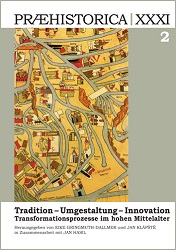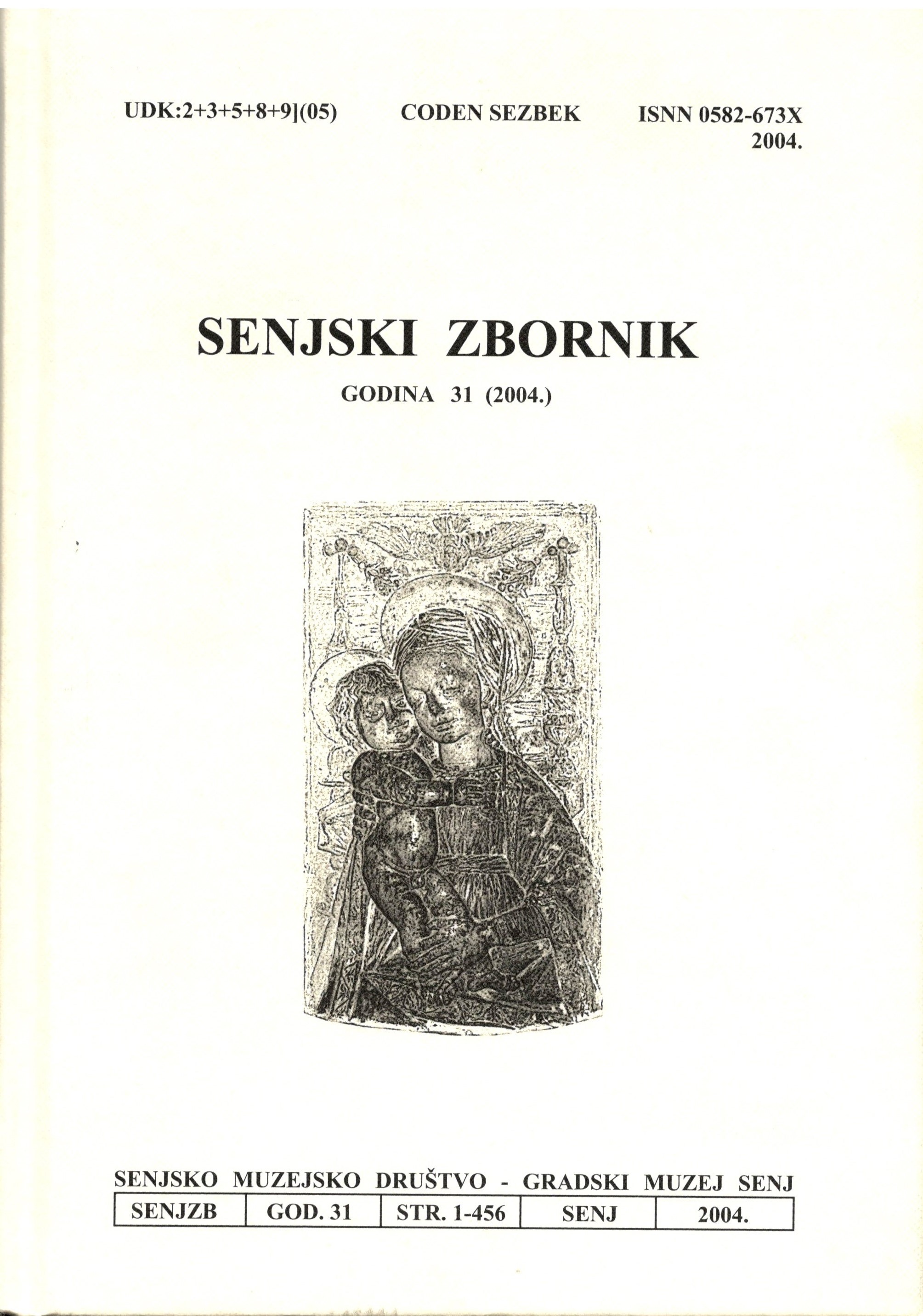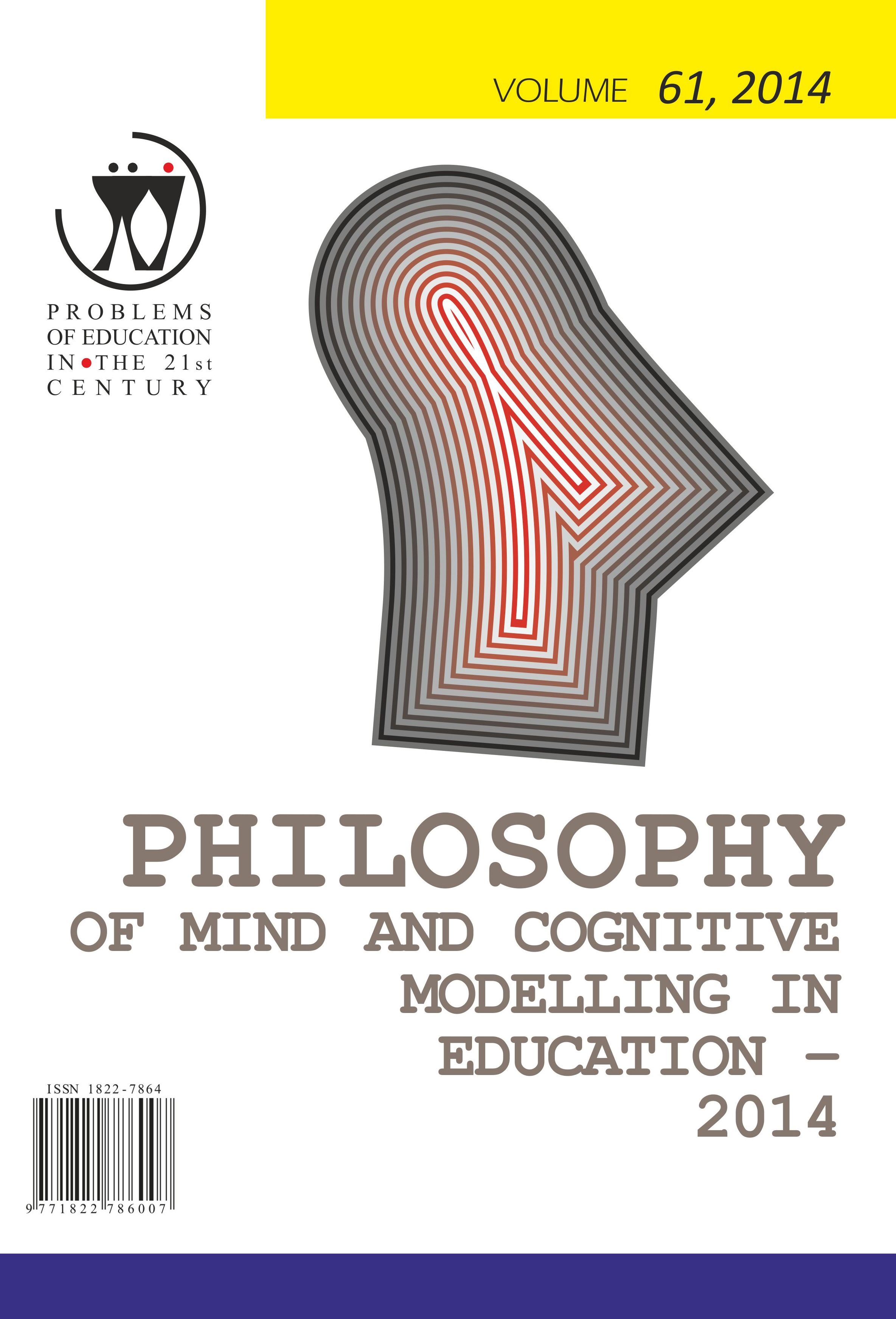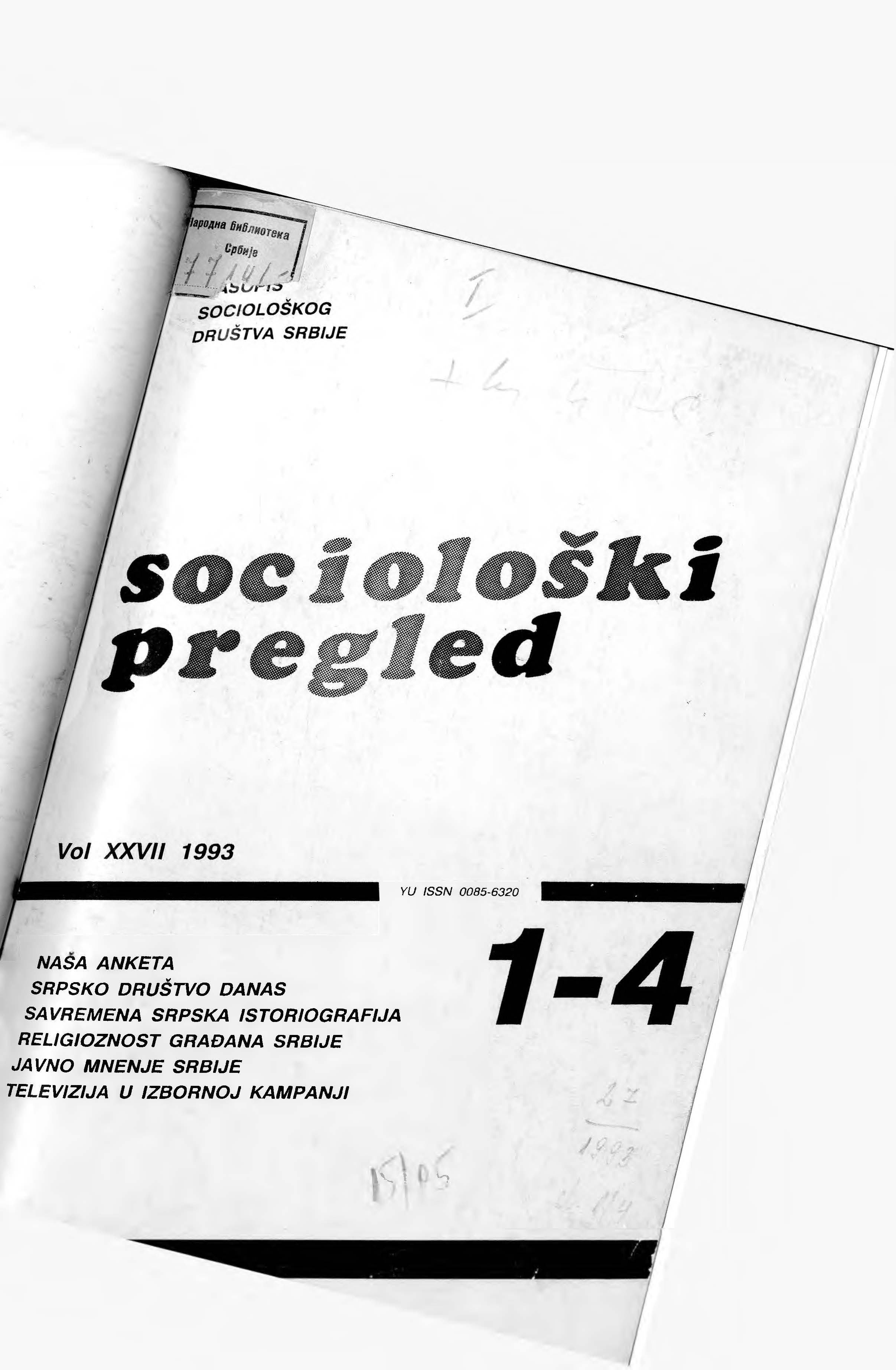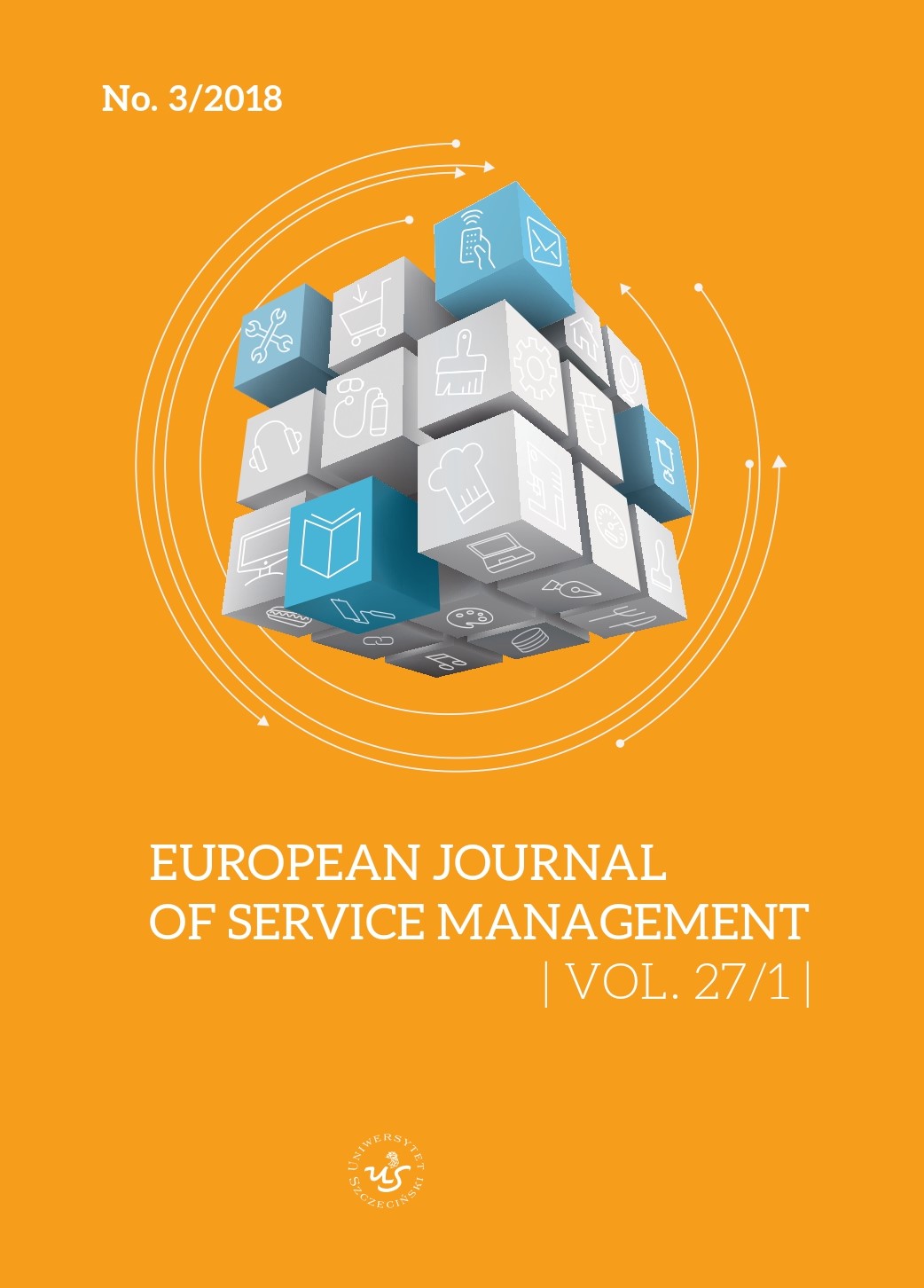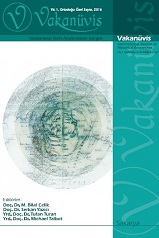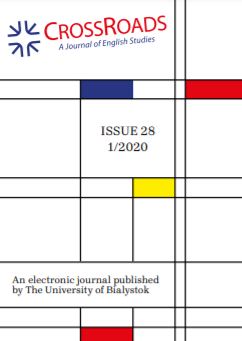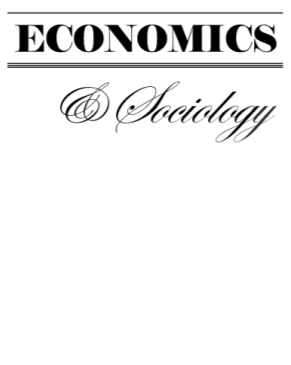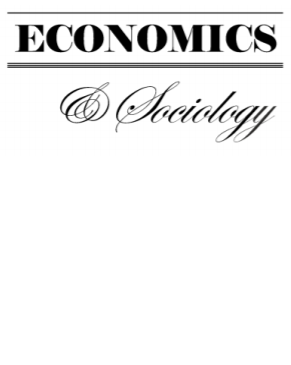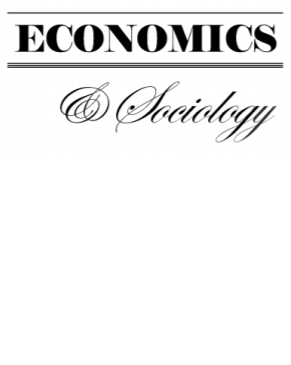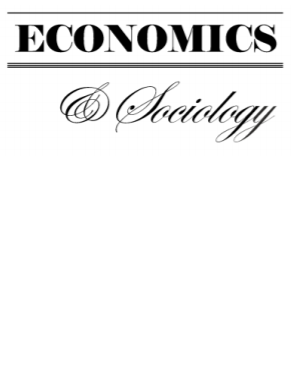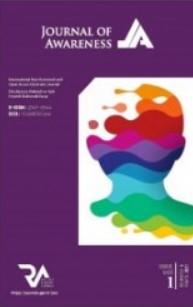
Büyükşehir belediyelerinde stratejik atık yönetimi: stratejik hedefler ve uygulama sonuçları
The environment, which is the living space for all living beings, also contains the resources necessary for their survival. Because not all of the resources are renewable and the renewable ones are exposure to a consumption higher than their renewal rate, the natural sources face the risk of extinction. Another danger for natural sources arises from the waste generated while consumption or production activities. Leaving wastes to the environment without control or disposal of the wastes with a harmful method causes serious effects on the environment. For this reason, the process from the production to disposal of the waste must be managed sensitively. Sustainable environment will be possible if the waste management is also sustainable. The United Nations, one of the most important actors of the international environmental management, dwelled on the sustainable waste management subject in the final declaration of the Rio+20 Sustainable Development Conference, named “The Future We Want”. Also the sustainable waste management was ranked as one of the Sustainable Development Goals, determined in 2015. Due to the importance of waste management, subject of this study is the waste management of the metropolitan municipalities in Turkey. Strategic plans of the four metropolitan municipalities, which are decided on their population density criteria, were examined within the scope of waste management. The goals of the metropolitan municipalities will be found out from the strategic plans and the achievement levels of them will be monitored through their annual activity reports. Also, the reasons of the unachieved goals will be analysed with MAXQDA Analytics Pro qualitative data analysis software. The study aims to reveal how the waste management issue is handled, how much of the goals are achieved and how the unachieved goals are justified by the metropolitan municipalities.
More...
